Fast, Scalable, Decentralized: Harmony, the Future's Open Consensus Platform.
Utopia: The State of Harmony
The Blockchain: Its Journey Through Failure in Search Perfection

Harmony: The Promise of Decentralization at Scale Delivered.

Similarly, Harmony has achieved the feat of the ideal blockchain that can power the trustless economies of the future by developing on an innovative yet inefficient available means –Sharding. Harmony combines and consolidates on the strengths of existing solutions, the scalability of Zilliqa and the security of Proof-of-Work consensus models.
Sharding: The Security Deficient Scalability Solution
Imagine there is a task to be performed by 10 teachers to confirm that an essay is written correctly, instead of giving each the whole task to complete individually, you can easily divide this up into 10 parts (shards) and give each a smaller portion. After that, the teachers can verify one part each, side-by-side. This way a task can completed faster and another started leading to more completed tasks in a limited time frame leading to exponential time saving. Sharding is based on the same technique. It is a type of database partitioning that separates large databases into smaller, faster and more easily managed parts called data shards. An example would be placing the information of various customers on different servers based on such customer’s geographic location.
Thus, applied to the blockchain, sharding proposes to vastly improve on the scalability of blockchains due to the fact that each node only has to carry a portion of the data in order to complete transactions as opposed to traditional blockchains which require all nodes to carry all data on the blockchain.
However, while sharding promises to drastically increase the number of transactions and so ensure scalability, the largest concern which has been a hindrance to its real world blockchain application is its security concerns.
Delton Rhodes of CoinCentral in thisarticle said;
Sharding is Promising for both the technical advancement of the blockchain as well as the adoption of cryptocurrencies. In the present, complex issues like inter-shard communication and overall security of the sharded blockchain appear difficult to solve”
Enter Harmony’s Sharding: Scalable, Secure and Decentralized Sharding Achieved
Improvement is the only way forward; the only way to a brighter future for technology as a whole. We would still be living in caves if no one cared on improving on anything. Harmony cares about improving the state and applicability of blockchain technology so it has improved on the sharding technique which is the only method that solves the scalability problem of the blockchain.
Harmony utilizes deep sharding which not only shards network communication and transaction validation, but it shards all the way to the blockchain networking layer which is exponentially faster than the traditional way of reaching consensus on the blockchain. Moreover, Harmony’s sharding process is highly and provably secure as a result of its Distributed Randomness Generation process which is unpredictable, verifiable and scalable.
To add to its attraction as a fully scalable sharding based blockchain, it utilizes Proof-of-Stake instead of a Proof-of-Work Consensus model and so it is very energy efficient and also allows for fast reaching of consensus among validator nodes. Harmony is also able to propagate blocks quickly within shards by using an Adaptive information dispersal algorithm.
Yet still, Harmony utilizes Kademlia routing to achieve cross shard transactions that which enable shards to communicate directly with each other while ensuring the consistency of cross shard communications.
The very nature of the Harmony blockchain architecture has set it out as the blockchain which finally fully settles the tripartite requirement of a blockchain that can power our decentralized economies of the future viz, Security, scalability and decentralization.
As shown below when compared to other blockchains utilizing Sharding techniques, Harmony stands excellently stands out. Its Testnet transaction per second ability of 118,000 transactions per second is even twice that of the much talked about Visa!

1. Eliminating Sharding’s Security Concerns with Proof-of-Stake.
Current Sharding based blockchains like Zilliqa still utilize Proof-of-Work. A shard-based blockchain utilizing Proof-of-Work is a deadly combination in terms of security as an attacker can concentrate their voting power on a single shard and take over control of that shard.
The best way to prevent this attack is to make sure that an attacker is any able to focus their hash-power unto a single shard. Proof-of-Stake allows Harmony to easily and effectively through the use of random sampling, take away an attacker’s ability to focus their hash power on a single shard. This eliminates the 1% attack vulnerability. Moreover, in Harmony, to assign a group of consensus validators to a shard, nodes are randomly assigned to a shard as shown below:
This whole mechanism therefore ensures that attackers cannot choose a shard they want to work on and they can never know the shard they’ll work on ahead of time. Security problem solved.
2. Fast and Scalable with Fast Byzantine Fault Tolerance Consensus Protocol (FBFT)
The Consensus protocol of any blockchain is highly important and determines how fast and quickly consensus in reached on blocks. A low performing consensus protocol will lead to lags in transactions and so hinder a blockchain’s ability to be fast and scalable as delay is equal to ‘not scalable’. However, Harmony’s Fast Byzantine Fault Tolerance consensus protocol is super fast and linearly scalable. As an improvement to Practical Byzantine Fault Tolerance in terms of message broadcasting, Harmony’s FBFT is super fast and furnishes the basis of a scalable blockcahain. FBFT uses multi-signatures to make the validation faster and the process of reaching consensus better, faster and more efficient.
3. Better and More Consistent Cross Shard Communication.
When transactions are divided across shards as in a Sharded blockchain, efficient communication between these shards becomes of the essence. For example, consider a sharded protocol network on which a transaction is trying to book a hotel room but Stadium reservations are booked on a different shard. What if the user ends up in a situation where a stadium seat is booked and not a hotel room? Harmony supports cross-shard transactions with shards directly communicating with each other and able to perform cross-shard operations synchronously.
Harmony supports cross-shard communication with shards communication directly to each other using Kandemlia routing. When a message from shard A needs to be sent to shard B, the nodes in shard A will look at the routing table and send the message to the
nodes which are closest which approach allows a message to travels faster and only across a few nodes before reaching its destination shard.
4. Highly Energy Efficient
The use of Proof-of-Work consensus protocols consume a lot of power which explains why stakeholders from countries like China control the most stakes in proof-of-work based blockchains like Bitcoin. Similarly, even sharded blockchains based on proof-of-work to select validators also experience the same problem of the need for excess energy which might not always be readily available. The Harmony blockchain on the other hand is based on PoS and thus very energy efficient.
5. Low Transaction Costs.
High transaction costs always feature prominently among the factors that hinder the widespread application of the blockchain. This problem is closely related to scalability as when the network gets clogged, transaction costs rise exponentially. This was what Ethereum experienced with CryptoKitties.
However, even Sharded blockchains are not saved from this plague. In Zilliqa for instance, because each node has to hold the entire blockchain state to be ableto process transactions, when the blocksize grows, it becomes expensive and difficult to maintain the full ledger thereby increasing transaction costs.
However, state sharding as implemented by Harmony where each shard has to only hold a subset of the blockchain state is a better option as it minimizes the resources used to process transactions and ensures ultra low transaction costs in the process.
Consensus for 10 Billion People: The Sheer Power of a Harmony Based Project.

Harmony’s claim to a consensus platform for 10 billion people is priceless for any project or even any institution. Harmony’s revolutionary high through-put, low latency and low fees consensus platform provides;
1.1 Open Infrastructure for the World’s Data
Data based projects or institutions like healthcare centers and institutions have a lot to gain from the use of decentralized technology to store their data. From making sure that such data is highly secure to preventing loss that is all but common with centralized data storage solutions, the ability to securely store data with decentralized technology is a no brainer. Harmony provides such an irresistible platform for such data based institutions. Its open infrastructure is capable of securely storing data in a decentralized manner and the fact that Harmony comes loaded with minimal transaction fees all but adds to its attractiveness as a base infrastructure for these data based projects. Harmony will not only securely store data for these projects but its scalability will allow it take as much data as any institution cares to feed it. It is an open consensus for 10 billion people after all.
1.2 A Global Scale Market Platform
Digital financial transactions have all but doubled in the last few years. With the advent of Cryptocurrencies, a new market platform also emerged, the Cryptocurrency exchanges and Decentralized Finance (DeFi). These exchanges however have their fair share of undesirable characteristics. The famous Mt. Gox hack always comes to mind. Furthermore, most of these exchanges are not scalable and have outrageously high transaction fees. Once again, Harmony comes to the rescue here. A market platform like a Cryptocurrency Exchange by utilizing Harmony as its base infrastructure will forever put to rest scalability and security concerns. On the other hand, while Decentralized Finance is being threatened by Ethereum’s lack of scalability, Harmony with its ability to support a global scale market platform can also play a big role to salvage the situation for a Decentralized Finance project which cares to leverage the harmony blockchain.
1.3 Enabling Decentralized and Trustless Economies
For avid gamers like me, since I got to know about the blockchain and its potential, I had always imagined a dencentralized virtual reality game in which millions of gamers will compete in a radically fair and trustless economy and perhaps even earn rewards with real world value. It seems Harmony has brought me a step closer to my dream. A decentralized gaming project which will leverage the Harmony blockchain will be scalable therefore catering for millions of users.
A decentralized and trustless banking economy is also a dividend for any banking project that will leverage Harmony’s Open Consensus network.
It is Not Bluff, Pangaea is Proving It.
The word Pangaea is derived from Ancient Greek meaning ‘whole’ or “entire”. First proposed by Alfred Wagener, Pangaea is a supercontinent that was once a contiguous landmass consisting of all the continents. If the earth as it is isn’t yet fully explored, Pangaea imaginably was a thoroughly wide expanse of a continent. Harmony is building a new Pangaea for its users, a limitless environment where they can interact with the Harmony network and test its limits –if there’s any.
Harmony’s Pangaea is staking competition that has been organized in collaboration with Binance allowing everyone to interact with the Harmony network, testing its limits and capabilities. Pangaea is organized in three phases with phase one allowing as many users as possible to set up a node and join the network. Phase two will allow people to claim rewards earned in phase 1 and compete in key metrics such as latency and uptime while Phase 3 consists of testing the limits and security of the network by incentivizing evil behaviour such as organizing malicious attacks.
Within 24 hours of going active, Pangaea already had about 138 nodes up and running, 1283 signups and 356 downloaded keys all from 77 different countries. If these could be achieved within 24 hours, days and months will show the Harmony’s prowess through the Pangaea experimental program.
Applications and Use Cases
1. Application - Blockchain Gaming
Use Case -Xyra
Xyra is a blockchain based game that leverages the Harmony Network. Xyra has more than 3 billion daily users. However, with Harmony’s ability to scale even as the network gets heavily utilized, Xyra has been granted the unique opportunity to welcome as many users as possible in contrast with what is obtainable in other blockchain networks where a few thousand interests in a game in terms of players grounds the whole blockchain upon whose infrastructure it is built and brings it down to its knees. Not for Xyra though, Harmony keeps it ever ready to welcome new players in a provably fair economy. Scalability is guaranteed.
2. Application- Travel
Use Case - AirSafe
It is 2059. AirSafe is one of the busiest airlines in the world but the most efficient. But there is something more peculiar about AirSafe which makes it stand out. Airsafe’s information Technology base is built on the Harmony network. It has more than 50 million daily users who make more than 1 billion transactions everyday in terms of flight bookings and reservations. With Harmony’s scalable architecture, Airsafe has never seen itself lagging behind and unable to cope with the sheer volume of transactions it has to process daily. Harmony’s transaction per second capability which has since hit the 10billion per second mark is also an added advantage not obtainable elsewhere. The fact that user data is highly secure is the icing on the cake. In 2059, there is only one way to travel, AirSafe.
The Team.
I could barely restrain myself from talking about the brilliant team behind Harmony throughout my article. The team consists of industry giants and specialists. 7 out of 12 have worked with all the big tech companies including Amazon, Microsoft, Apple and Google. They call themselves ‘ambitiously idealistic’ and truly so they are. Harmony makes that evident.

Harmony's Tokenomy
Harmony One is a BEP2 token built on Binance Chain while in Testnet phase and got
famous thanks to their Initial Exchange Offering (IEO) conducted on Binance in May
2019.
Harmony One native token align incentives of different stakeholders, developers, and
businesses while allowing them to build open marketplaces of fungible and non-fungible
tokens and assets. With a total token supply of 12,600,000,000 ONE, the distribution is planned in the
following manner: 22.4% went to the seed sale tokens, 12.5% to the launchpad sale,
16.9% is going to the team, 26.4% for the protocol development and 21.8% into the
ecosystem.
It is important to note that the team’s tokens are locked till 2020.
The Partners
Harmony is a very interesting project. No wonder it has received lot of interest from various brands who wish to partner with them.
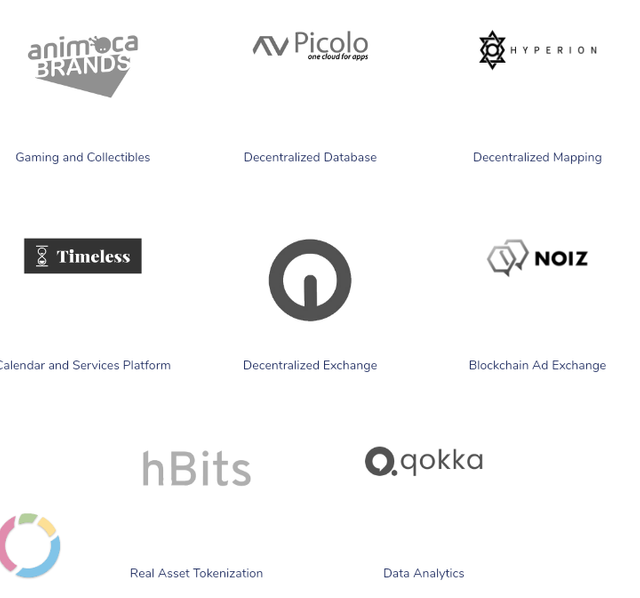

Conclusion – The Future is Here
A revolution was begun with the blockchain. But that revolution was crude, inept and inefficient. It needed an evolution. Harmony represents a product of that evolution from the crude inefficient blockchains to a linearly scalable, high through-put, decentralized blockchain ready for the future of decentralized ecosystems. The future is here. The evolution is complete.


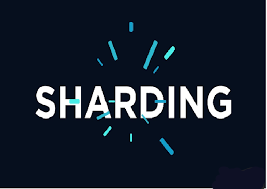

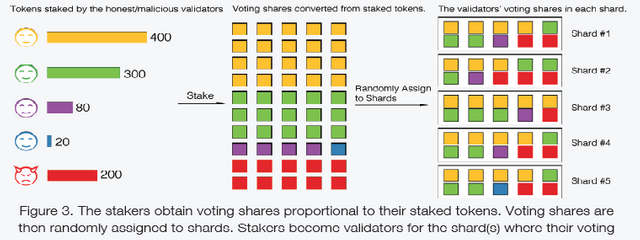




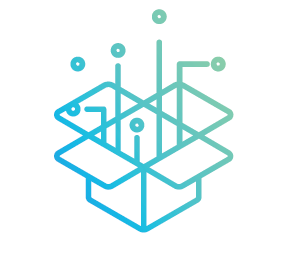

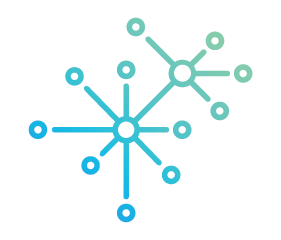




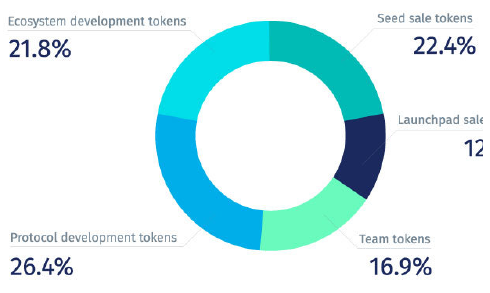
Hey Garlam - Head of Marketing at Harmony here - really love the article and was wondering if you'd be open to more work as one of our writers!
Message me on telegram - @garlamw (and yes it is the real me - check my twitter to verify my telegram id - https://twitter.com/GarlamWon)